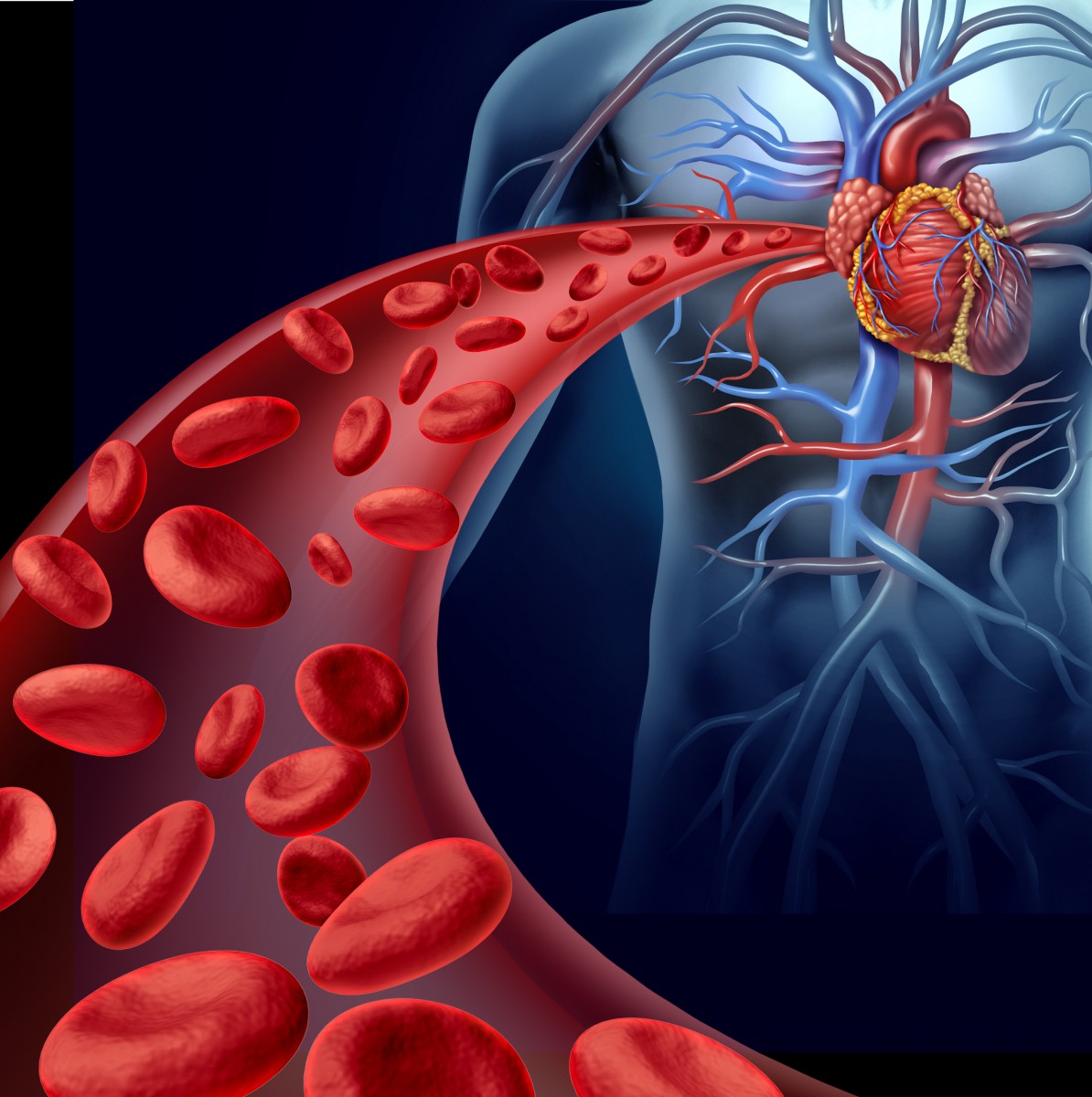Stem Cell Transplants Work for Many Myeloma Patients Who Fail to Respond to First-line Therapies, Study Finds
Written by |

Stem cell transplants derived from patients’ own bone marrow are a safe and effective treatment for those with multiple myeloma who fail to respond to first-line treatments, a study reports.
Scientists call transplants using patients’ own cells autologous hematopoietic stem cell transplants, or Auto-HCTs.
The study, “Outcome of autologous hematopoietic stem cell transplantation in refractory multiple myeloma,” was published in the journal Cancer.
Drugs are usually the first multiple myeloma treatment doctors try. The kinds of drugs have changed over the years. New classes such as proteasome inhibitors (PIs) and immunomodulatory agents (IMiDs) have led to more than 90 percent of patients achieving an overall response to treatment. An overall response includes both a full and partial response.
In many instances, doctors do a stem cell transplant after a patient has received drugs as a first-line treatment. Studies have shown that it takes longer for those who receive drugs and then a stem cell transplant to have their cancer progress. These patients also survive longer.
Unfortunately, patients sometimes fail to respond to drugs, a circumstance that scientists call primary refractory. Or they respond at first, but are unable to continue doing so, which scientists call a relapsed and refractory situation.
Some patients become refractory to one drug. Others fail to respond to both PIs and IMiDs, which scientists term a double refractory situation.
Patients in these categories tend to have poorer stem cell transplant outcomes than those who responded to drugs.
Few studies have looked at whether stem cell transplants are effective in refractory patients. This prompted University of Texas researchers to see how effective auto-HCTs were in refractory multiple myeloma patients.
They looked at hospital records of multiple myeloma patients’ stem cell transplants between 2000 and 2015. Some of the patients were non-double refractory, or NDR-MM, and some were double refractory, or DR-MM.
Eighty-two percent of NDR-MM patients achieved a partial response to stem cell therapy, compared with 79 percent of DR-MM patients. In terms of a complete response, 21 percent of NDR-MM patients achieved one, versus 24 percent of DR-MM patients.
Median progression-free survival, or the time it took for patients’ disease to progress or for them to die, was 18.2 months in NDR-MM patients and 14.4 months in the DR-MM group.
A key finding was that the median overall survival rate of NDR-MM patients was 56.6 months, versus 38.9 months in DR-MM patients. Seventy-six percent of the NDR-MM group and 71 percent of DR-MM patients were alive two years after receiving a stem cell transplant.
Although DR-MM patients had lower progression-free and overall survival rates than the NDR-MM group, the findings indicated that auto-HCT is a safe and effective treatment for those who failed to respond to PIs and IMiDs.






